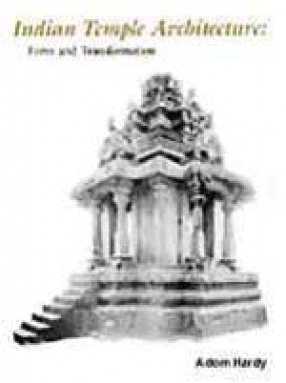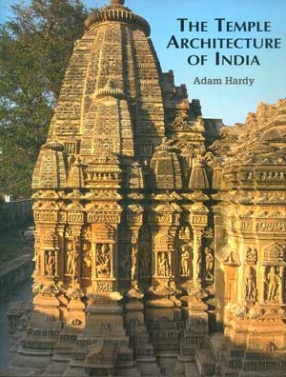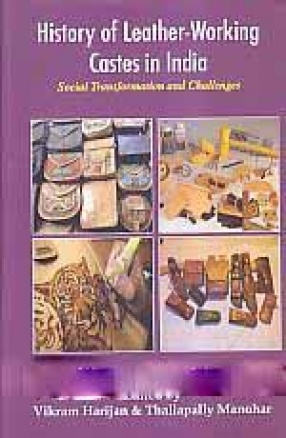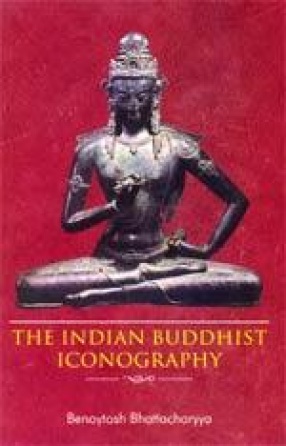Transformation of forms of Indian temples takes place through a dual process-time as well as space. These two patterns of transformation, through time and (while representing time) in space, reflect one another closely. Both are processes of emergence, expansion and proliferation, which simultaneously imply differentiation and fusion, growth from the dissolution into unity. One of the richest traditions of temple building that India has produced took shape in the 7th century A.D., centred in what is now the state of Karnataka, and lasted until the 13th. This was one of the two main branches of Dravida or ‘Southern’ temple architecture, giving rise to such famous temples as the Virupaksa, Pattadakal, Ellora, and the Hoysalesvara, Halebid. These are analysed, alongwith more than 250 other buildings, in this monumental study that, for the first time, explains the Karnata Dravida tradition as one continuous, coherent development. The book, with its numerous analytical drawings, will be welcomed for the way it shows how to look at these great monuments, and makes their complex architecture accessible. It is clearly shown how the formal structure of a temple makes concrete the idea of manifestation, of the transmutation of the eternal and infinite into the shifting multiplicity of existence, and the reabsorption of all things into the limitless unity from which they have come.
Theory & Practice of Temple Architecture in Medieval India: Bhoja’s Samaranganasutradhara & The Bhojpur Line Drawings
This book is about vatuvidya ...
$114.30
$127.00







There are no reviews yet.